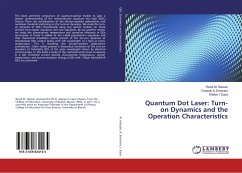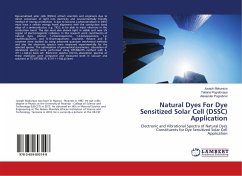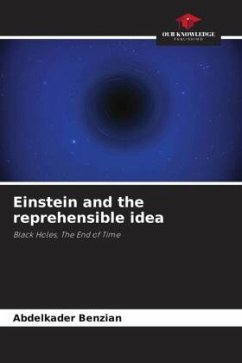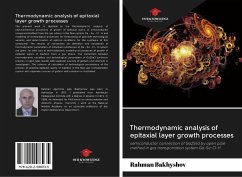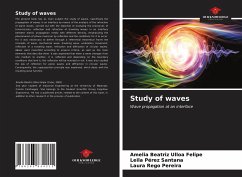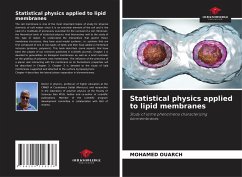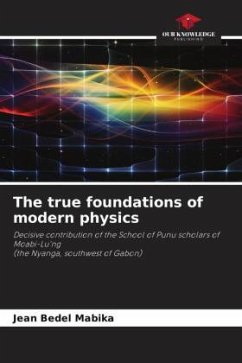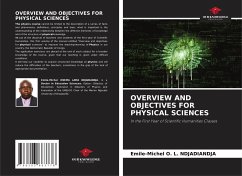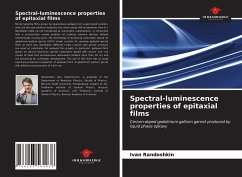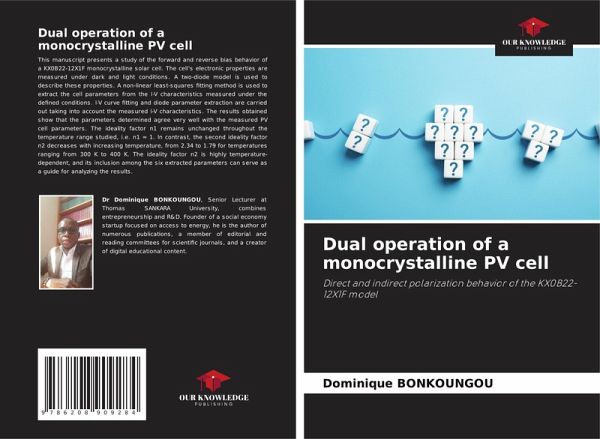
Dual operation of a monocrystalline PV cell
Direct and indirect polarization behavior of the KX0B22-12X1F model
Versandkostenfrei!
Versandfertig in 6-10 Tagen
29,99 €
inkl. MwSt.

PAYBACK Punkte
15 °P sammeln!
This manuscript presents a study of the forward and reverse bias behavior of a KX0B22-12X1F monocrystalline solar cell. The cell's electronic properties are measured under dark and light conditions. A two-diode model is used to describe these properties. A non-linear least-squares fitting method is used to extract the cell parameters from the I-V characteristics measured under the defined conditions. I-V curve fitting and diode parameter extraction are carried out taking into account the measured I-V characteristics. The results obtained show that the parameters determined agree very well with...
This manuscript presents a study of the forward and reverse bias behavior of a KX0B22-12X1F monocrystalline solar cell. The cell's electronic properties are measured under dark and light conditions. A two-diode model is used to describe these properties. A non-linear least-squares fitting method is used to extract the cell parameters from the I-V characteristics measured under the defined conditions. I-V curve fitting and diode parameter extraction are carried out taking into account the measured I-V characteristics. The results obtained show that the parameters determined agree very well with the measured PV cell parameters. The ideality factor n1 remains unchanged throughout the temperature range studied, i.e. n1 = 1. In contrast, the second ideality factor n2 decreases with increasing temperature, from 2.34 to 1.79 for temperatures ranging from 300 K to 400 K. The ideality factor n2 is highly temperature-dependent, and its inclusion among the six extracted parameters can serveas a guide for analyzing the results.



